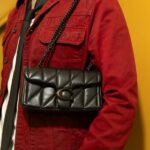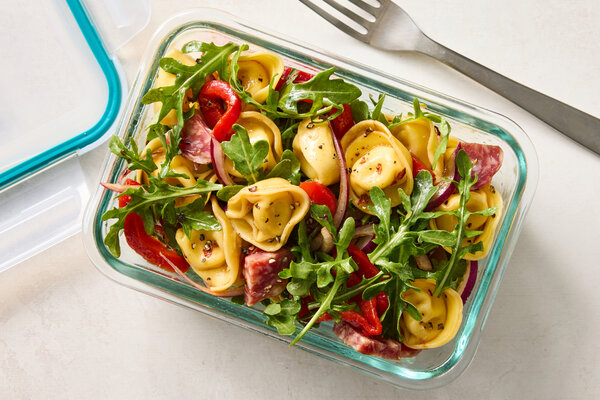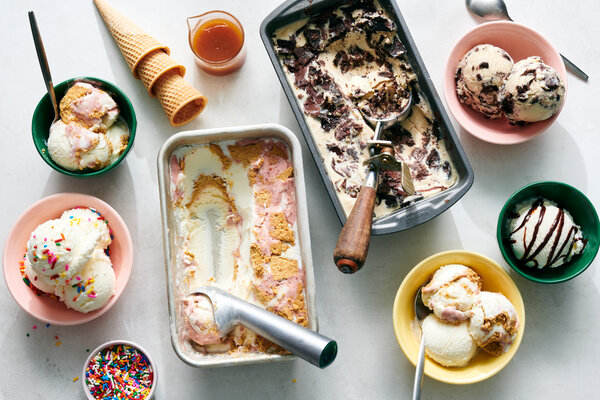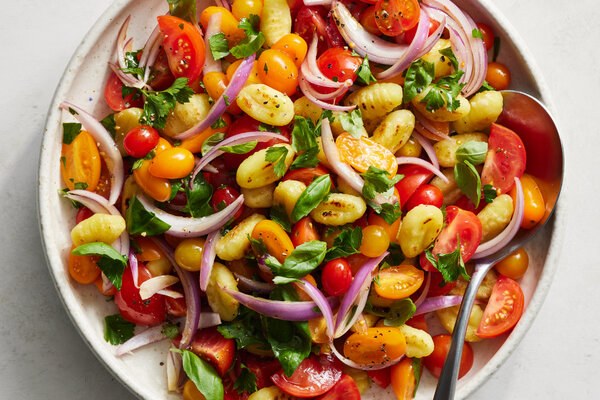Michael Foote was at dinner with three friends at Soothr, a Thai restaurant in the East Village of Manhattan, when he looked up and noticed he was the only one eating.
“We had all ordered all this food, and we were all sharing everything,” he said, “but I was chowing down, and my friends were all taking these little baby bites.”
All of his dining companions were on GLP-1s, a class of drugs that are increasingly used for weight loss. Most people who take them report feeling hungry less often, and when they do eat, they can feel extremely full after a few bites.
Mr. Foote, a lawyer, said that the majority of his friends are on these medications, creating a new dynamic when they go out to eat.
They usually order appetizers and entrees to share; his friends will take a few bites, and he will finish the rest. “I am a 6-foot-4, 210-pound guy, and I get quite hungry,” said Mr. Foote, 36, with a laugh.
They still dine out often, “even though it’s a complete charade for them.” As long as they still split the bill — which they usually do — he is fine with the arrangement. “I think if I were a more self-conscious person, I would care that I was the only person being a little Miss Piggy over here,” he said. “But I love food. Some people eat to live. I love to eat.”
Morgan Stanley Research analysts estimate that 24 million people, or seven percent of Americans, will be taking a GLP-1 by 2035. As weight-loss drugs soar in popularity, diners on and off them are wrestling with a number of restaurant etiquette quandaries, and in some cases changing their dining habits as a result.
Diners on GLP-1s are figuring out which types of restaurants they feel comfortable visiting; how to leave food on their plates without insulting the chef or their dining companions; and how to get the most value out of the experience. Those not on the drugs are contending with the pros and cons of going out with people who don’t do much eating.
“There is a social component to this,” said David Wiss, a nutritionist in Los Angeles with a Ph.D. in public health. “We are in a period of flux and change, and people are learning how to navigate this.”
Nine months ago, Will Farmer, a talent agent in London, started taking the diabetes drug Mounjaro, a GLP-1 that many have used off-label to lose weight. Shorty after, he went to a 10-course tasting meal for a work event and could only eat a little of each course. “I was eating a quarter of a Scotch egg,” he said. The restaurant emailed the event’s host to ask if everything was OK. “They were worried I found the food disgusting,” said Mr. Farmer, 34.
Now he eats only at restaurants that serve family-style dishes or small plates so it isn’t as obvious when he doesn’t finish his food. “If you go to a steak restaurant, it’s weird if you leave most of it,” he said. “But when we are all sharing, the food disappears and it’s not this individual shame of leaving food behind.”
As a self-described foodie and a wine and spirits publicist in New York City, Lauren Wire loves to go out to eat and order a lot of dishes. “I want to try everything,” she said.
But as soon as she sits down, she warns everyone from the server to her dining companions that she is on a GLP-1. “The chef might come out to say hi, or I might be on a date, and I will joke that I need a box because I am on Ozempic,” said Ms. Wire, 36. “I don’t want them to think I don’t like the food, and also I want to normalize this.”
It’s all worth the leftovers: She likes that she can save money and enjoy the same amount of food over a longer stretch of time.
Ms. Wire thinks those who dine with her and are not on the drugs only benefit. “I still over order, and then they get to eat more of my food,” she said, laughing.
Non-dinner meetings have been the hardest for Joseph Suchodolski, a fashion consultant in New York City who has taken Mounjaro for more than two years to treat his diabetes. He tends to snack during the day, and will often insist on having just a coffee at a breakfast meeting.
But during a recent morning meeting in Los Angeles, he learned his companion was also on a GLP-1. “We both ordered breakfast, and we were just moving it around the plate,” said Mr. Suchodolski, 38. When they finally shared why, they started laughing and opening up.
Dr. Wiss said it’s important for patients who are new to GLP-1s to consider how they might handle social situations that can arise from eating less in public. “When people stop drinking alcohol, for example, it’s helpful for them to think through how they will respond when people offer them a drink or a waiter is disappointed they don’t order wine,” he said. “We are seeing that recreated with food.”
Some people say GLP-1s have improved the experience of eating at restaurants, though.
After struggling with childhood obesity, Jackson Lemay, a content creator in Atlanta, used to feel anxious that he was eating too fast or too much while dining out. He would obsess over the menu before he got to the restaurant and shame himself if he ordered something unhealthy or too large.
After taking a GLP-1 for a year and a half, that “food noise” is gone “It has made me feel more confident in eating in public,” said Mr. Lemay, 27. He has never enjoyed restaurants as much as he does now.
There are some people not on the drugs who refuse to dine out with people on them, though they were hesitant to say so on the record. They say they’re embarrassed by full plates sent back to the kitchen, or insecure about eating more than the person across the table.
But Nathaly del Carmen loves being around people with smaller appetites. Her mother, sister and many of her friends are on GLP-1s, and she estimates that at least one person at her table is on them whenever she dines out.
Ms. del Carmen, a marketing manager in New York, said she finds herself mirroring the behavior of those on the drugs, which means she eats less and doesn’t feel pressure to finish her meal if she isn’t hungry. “It helps me with impulse control,” she said.
Emerging research shows GLP-1s may also curb one’s appetite for alcohol. Ms. del Carmen, 31, said some of her friends on the drugs cannot have more than one or two drinks without getting violently ill, which helps her drink less. “They are the opposite of the one friend who eggs you on to drink more or have one more martini.”
Follow New York Times Cooking on Instagram, Facebook, YouTube, TikTok and Pinterest. Get regular updates from New York Times Cooking, with recipe suggestions, cooking tips and shopping advice.





